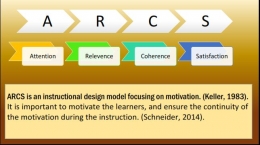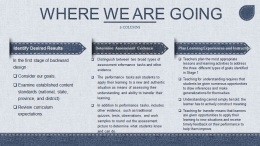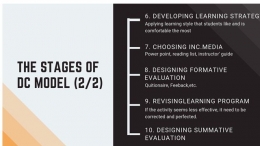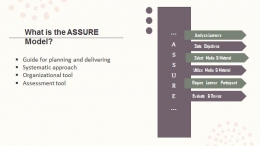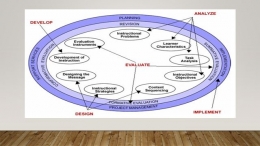According to Banathy (1968) the term system can be defined as "deliberately designed synthetic organisms, comprised of interrelated and interacting components which are employed to function in an integrated fashion to attain a predetermined purpose" (p. 2-3). An instructional system can be defined as "deliberately designed instructional materials that are intended to function interrelatedly to achieve predetermined learning outcomes" (Harris and Harrison, 1988, p.6). Instructional systems or design is the systematic planning of instruction including needs assessment, and evaluation of materials and practices. Robert Glasser describes an instructional system in 1962 (p.1-30) that is comprised of five components:
- Instructional Goals (system objectives)
- Entering Behavior (system input)
- Instructional Procedures (system operator)
- Performance Assessments (output monitor)
- Research and Development (analysis and evaluation)
Robert F. Mager defined instructional objective as a collection of words and/or pictures diagrams intended to let others know what you intended for your students to achieve. Educational objectives devided into three divisions, that are cognitive (knowledge, comprehension, application, analysis, synthesis, and evaluation), affective (interest, attitudes, values, etc.), and psychomotor (movement, physical, kinesthetic, etc). Entering behavior describes the student level before the instructionbegins. It refers to students' prior knowledge, ability, motivation, interest, and experience.
Instructional procedures are the procedures of planning and implementing the learning process to keep it running smoothly and efficiently in the classroom. It includes the syllabus and lesson plan and its implementation. Then, performance assessment or known as authentic assessment is a form of testing that requires students to perform a task rather than select an answer from a ready-made list. It could be student ask to explain historical events, solve problem, etc. Besides, research and development refers to develop new product to perfect the previous product.
Richey and Klein (2007) in Emzir, defined R&D as "the systematic study of design, development and evaluation processes with the aim of establishing an empirical basis for the creation of instructional and non-instructional products and tools and new or enhanced models that govern their development".
The following are some example of instructional design model.
- ARCS Model
- Backward Model
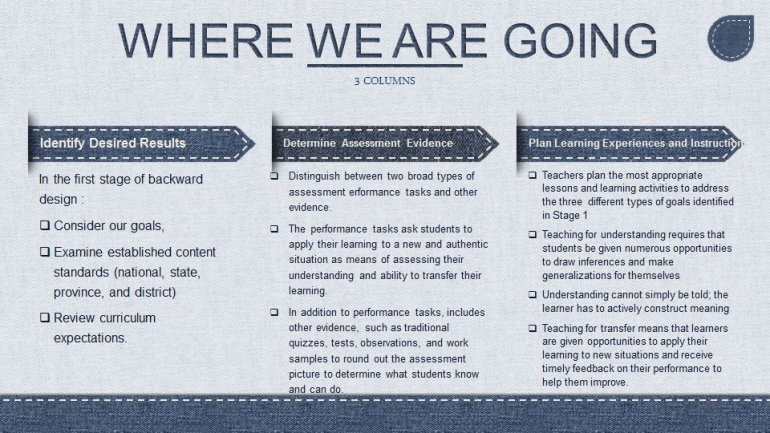
- Dick and Carey Model
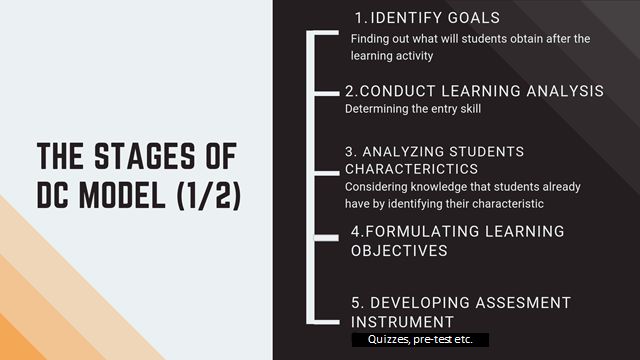
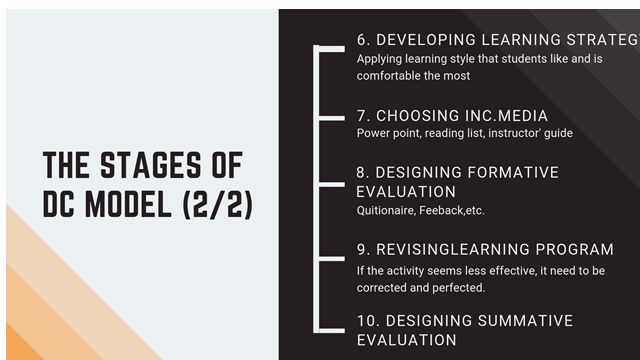
- Assure Model

- Kemp Model





